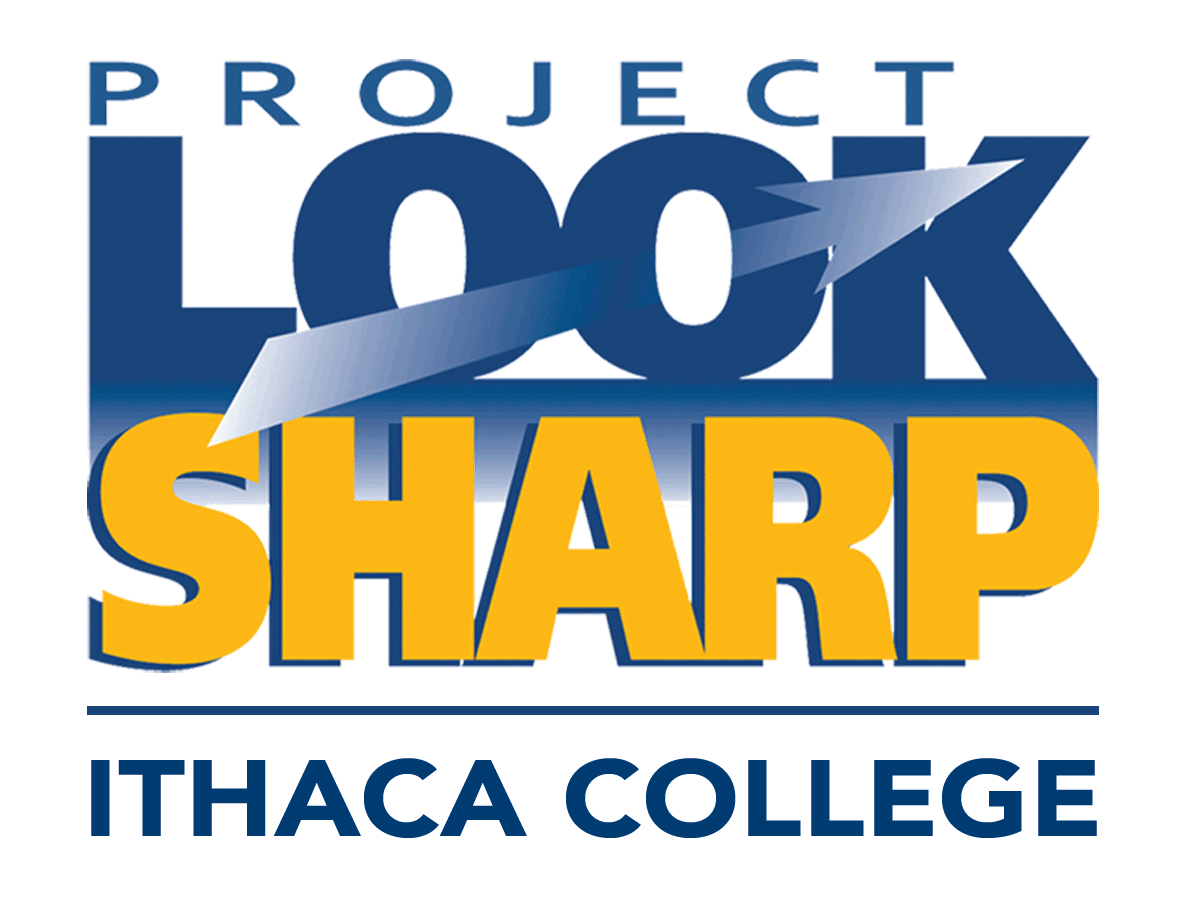ACT Awareness and Critical Thinking Activities for Teaching about Misinformation in Grades K-5
WELCOME to ACT, a flexible set of interconnected K-5 lessons and activities that help students learn how to detect, avoid, and resist online misinformation.
4. Search and Choose
A central goal of information literacy is to teach students how to find answers to their questions and search for credible sources. ACT builds on that instruction to also teach how to evaluate and choose from the sources that they find.
Rather than emphasizing identification of “good” or “bad” sources, the focus is on helping students learn to find and identify what they need. In the elementary grades, that skill set includes knowing how to distinguish between fiction and non-fiction. It also means recognizing words like “sponsored” or “ad” in a list of search results. And knowing how to find out what others think of a source rather than relying on a url. It means knowing that AI answers are unreliable and, most importantly, knowing what types of sources might be helpful.
Information literacy replaces labelling sources as “good” or “bad” with “useful” or “not useful.” Deceptive sources aren’t likely to ever be useful, but there are sources that, despite being expert, reliable and accurate, would not be useful for particular purposes. For example, an Ed.D. might be addressed as “doctor” and might know quite a bit about psychology and how people learn. That doesn’t make them a great choice for a second opinion on a pending organ transplant surgery.
It also includes understanding what makes someone an “expert.” We extend the learning beyond identifying criteria to emphasize that expertise in one area does not automatically make a person an expert on everything. This extension is especially important because it doesn’t allow students to fall into the cynical notion that everyone in media is deceptive (so I won’t believe anything), or to substitute authoritarian obedience for their own critical thinking (this person is an expert so I’ll just always believe them).
Students will learn that
- There are criteria that makes someone an expert. Just because they say they are doesn’t make it so.
- Just because a person is an expert on one topic doesn’t make them an expert on every topic.
- Different types of media sources have different strengths and weaknesses.
- Reverse image searches can help evaluate a source that includes images.
- Search engines provide lists, but can’t tell us what to select from those lists. It depends on what we need.
- Search engines can also help us determine what others think about a source.
- Careful observation and contrasting and comparing can tell us a lot about media messages and different perspectives.
Routines that Support Understanding Search and Choose
- Any time you share a media source or an expert (e.g., a guest speaker), share the criteria you used to select the source or the criteria that makes someone an expert.
- Whenever possible, facilitate students searching for the answers to their questions rather than answering them yourself.
- Encourage students to consult multiple sources on topics of interest, and whenever possible, make diverse sources available to them.
Activities
Finding the Best Source about hot dogs
From Real Life or a Movie?
Introduction to Lateral Reading
What Makes a Person an Expert?
For Reinforcement
Frames, FOMO, and Viral Trends
Shorts: Choosing Sources with Spiderman
What to Do with Clickbait
What Story Does the Picture Tell?
© Awareness & Critical Thinking (ACT) Program, Texas Woman’s University, 2024 was developed by Dr. Faith Rogow, InsightersEducation.com as part of the ACT Program led by Dr. Tara Zimmerman, Texas Woman’s University. This project was made possible in part by the Institute of Museum and Library Services, IMLS grant #2023-057. Educational use is encouraged. All media examples are either public domain or protected by fair use. Requests to re-publish, duplicate, or distribute any ACT document outside of educational settings or for profit should be directed to Dr. Zimmerman.
